In gardens and landscapes around the world, a striking and fiery beauty commands attention—the Silene chalcedonica. Commonly known as the Maltese Cross or Jerusalem Cross, this perennial plant boasts vibrant scarlet flowers arranged in a distinctive cross shape. With its historical significance, captivating appearance, and versatility in garden design, Silene chalcedonica has become a favorite among gardeners and plant enthusiasts. In this article, we delve into the captivating world of Silene chalcedonica, exploring its appearance, characteristics, cultural symbolism, and its role in enhancing botanical landscapes.

Appearance and Characteristics
Silene chalcedonica is renowned for its eye-catching blossoms that form a unique cross-like shape, which is the source of its common names—Maltese Cross and Jerusalem Cross. These flowers are richly hued in shades of scarlet red, standing out prominently against the backdrop of green foliage. The petals are deeply notched, giving each bloom a textured and intricate appearance. The plant’s overall growth habit is upright and branching, reaching heights of around 2 to 3 feet (60 to 90 cm).
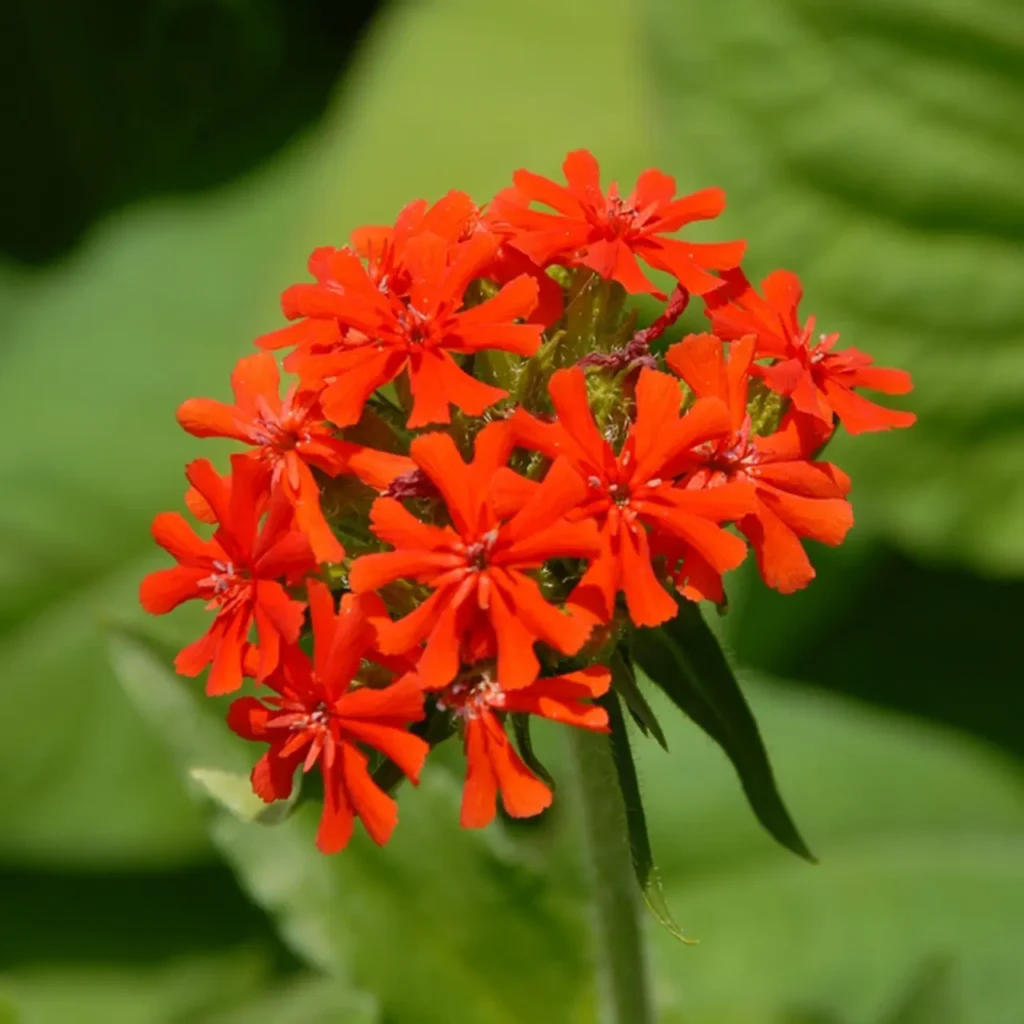
Cultural Symbolism and Historical Significance
The common names of Silene chalcedonica are tied to its historical and cultural significance. The Maltese Cross is a symbol associated with the Knights of Malta, an ancient order of knights that dates back to the medieval era. The Jerusalem Cross is another name inspired by its shape, reminiscent of the crosses used in the coats of arms during the Crusades. This symbolism adds a layer of intrigue to the plant’s appeal, making it a popular choice for historical and themed gardens.
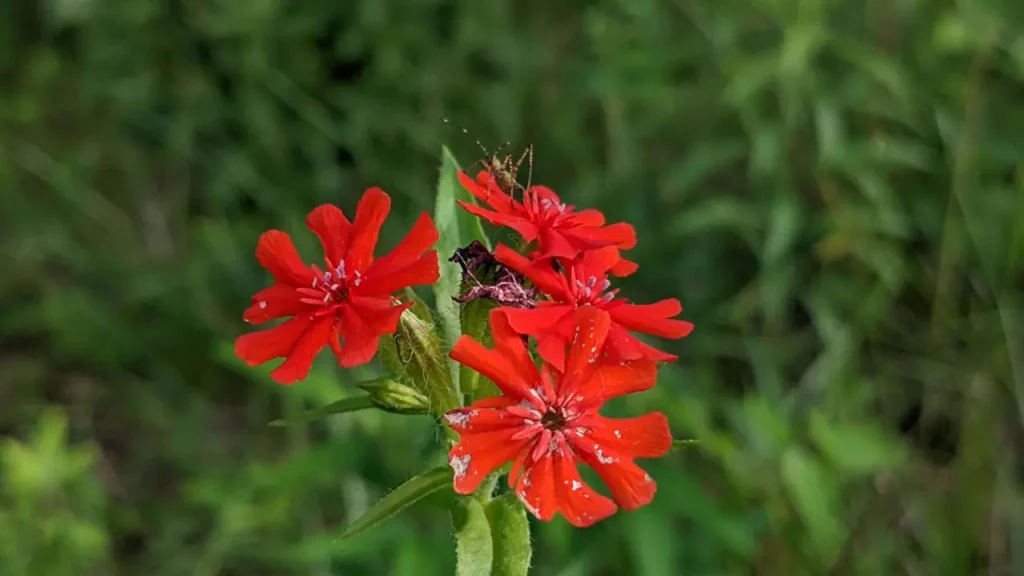
Garden Versatility and Design
Silene chalcedonica’s vibrant red blooms make it an excellent choice for creating focal points in garden beds, borders, and cottage-style landscapes. Its bold color contrasts beautifully with various shades of green foliage and pairs well with other flowering plants. Additionally, its upright growth habit and striking flowers make it a popular choice for attracting pollinators such as butterflies and bees, enhancing the biodiversity of garden spaces.
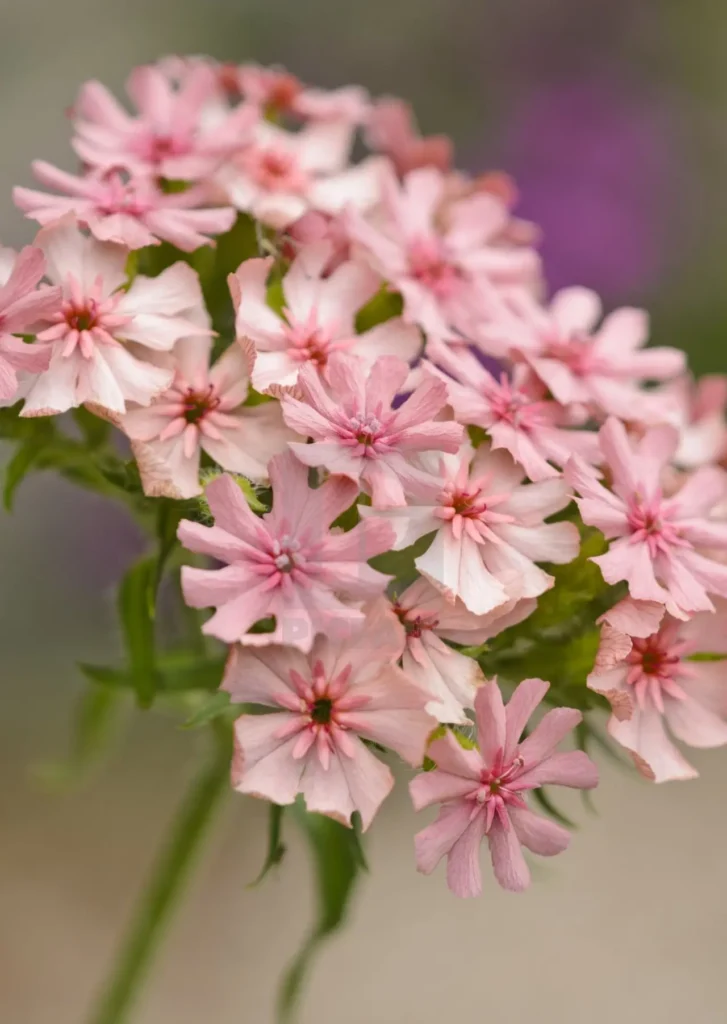
Cultivation and Care
Cultivating Silene chalcedonica is relatively straightforward, making it an attractive option for both experienced gardeners and those new to plant cultivation. Here are some key considerations for successful growth:
- Light: Plant in a location that receives full to partial sunlight for optimal blooming.
- Soil: Well-draining soil is essential for preventing waterlogged conditions that can damage the plant’s roots.
- Watering: Keep the soil consistently moist, especially during periods of active growth.
- Fertilization: Apply a balanced, all-purpose fertilizer during the growing season to promote healthy flowering.
- Propagation: Silene chalcedonica can be propagated from seeds or by dividing established clumps in spring or autumn.
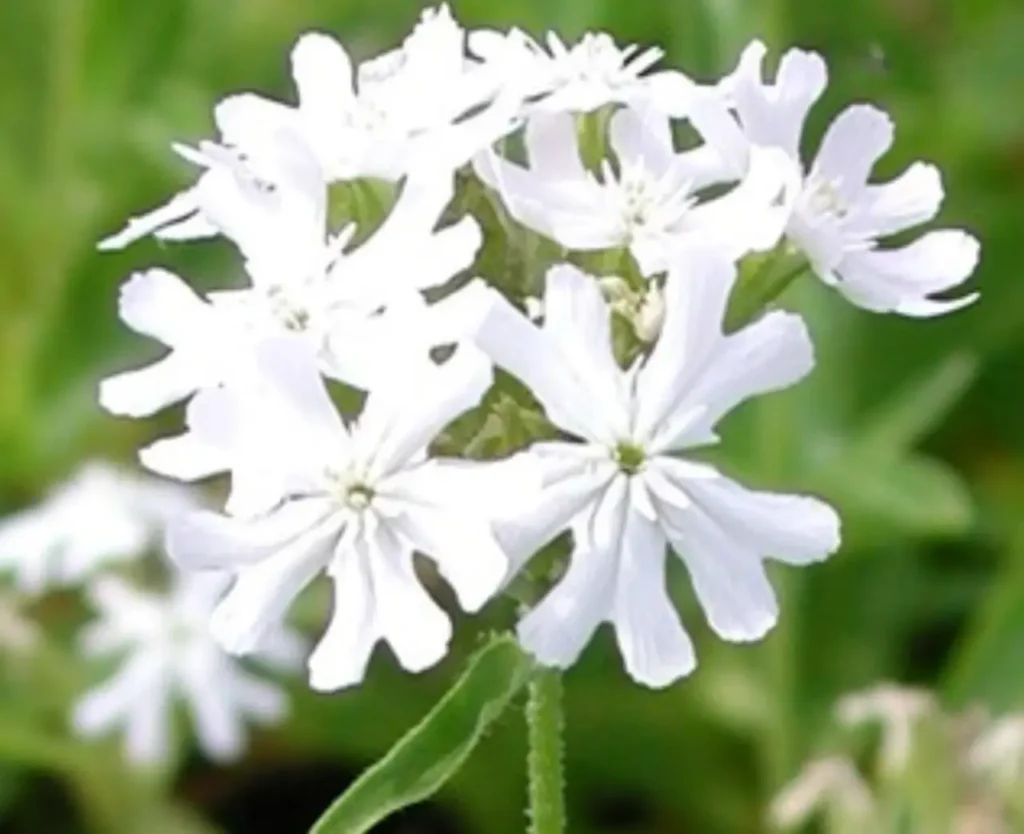
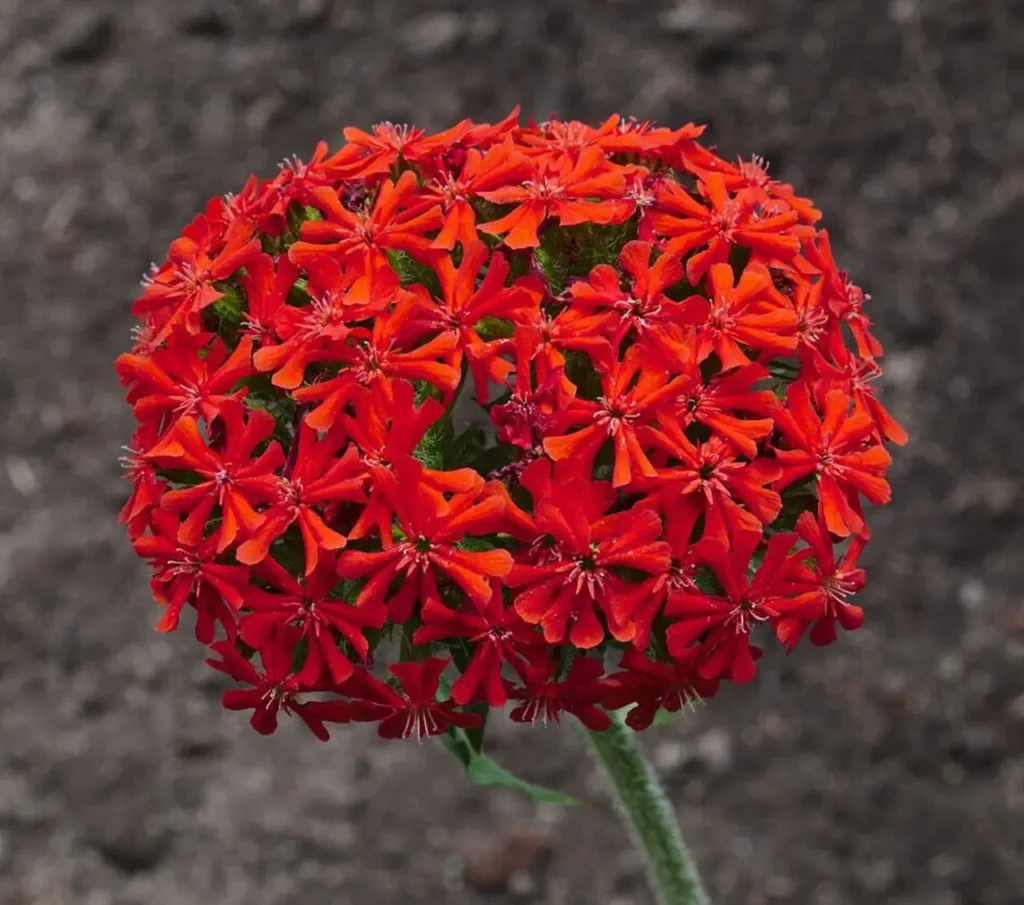
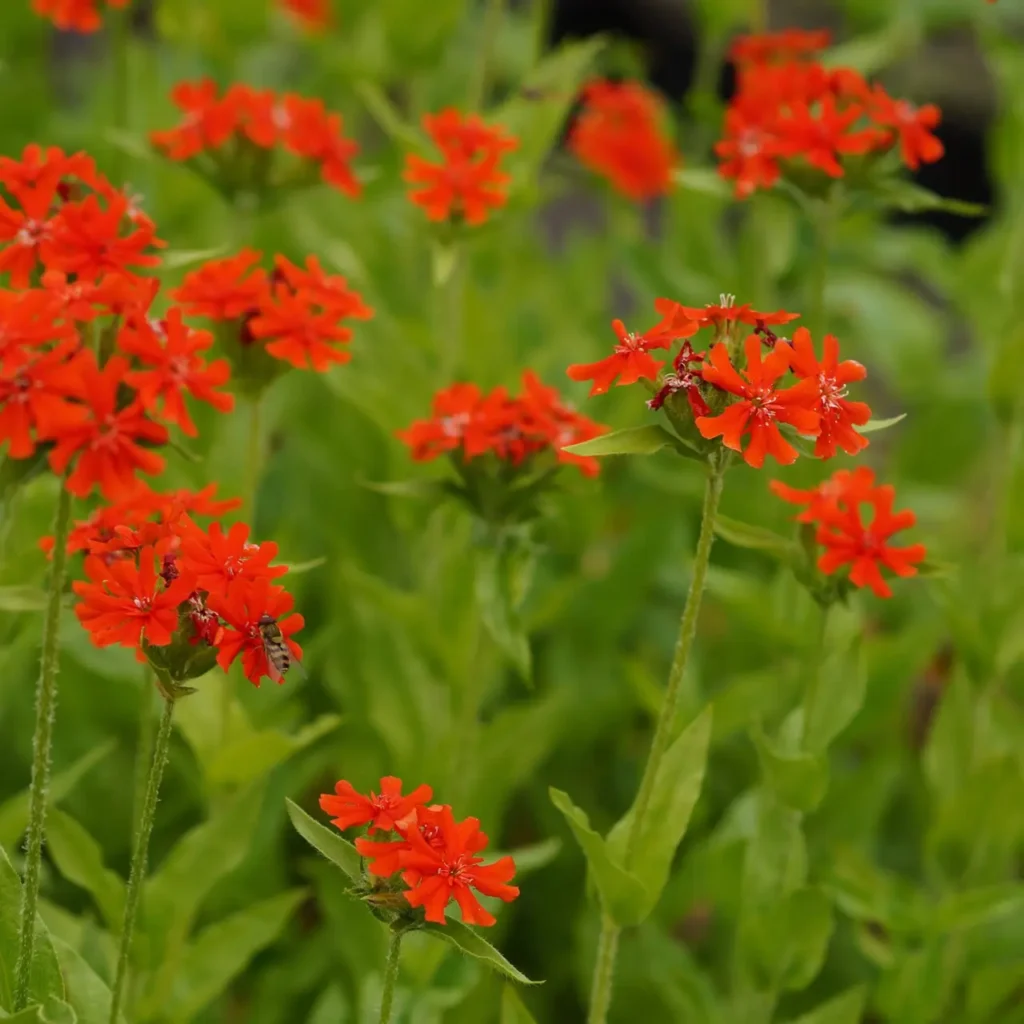
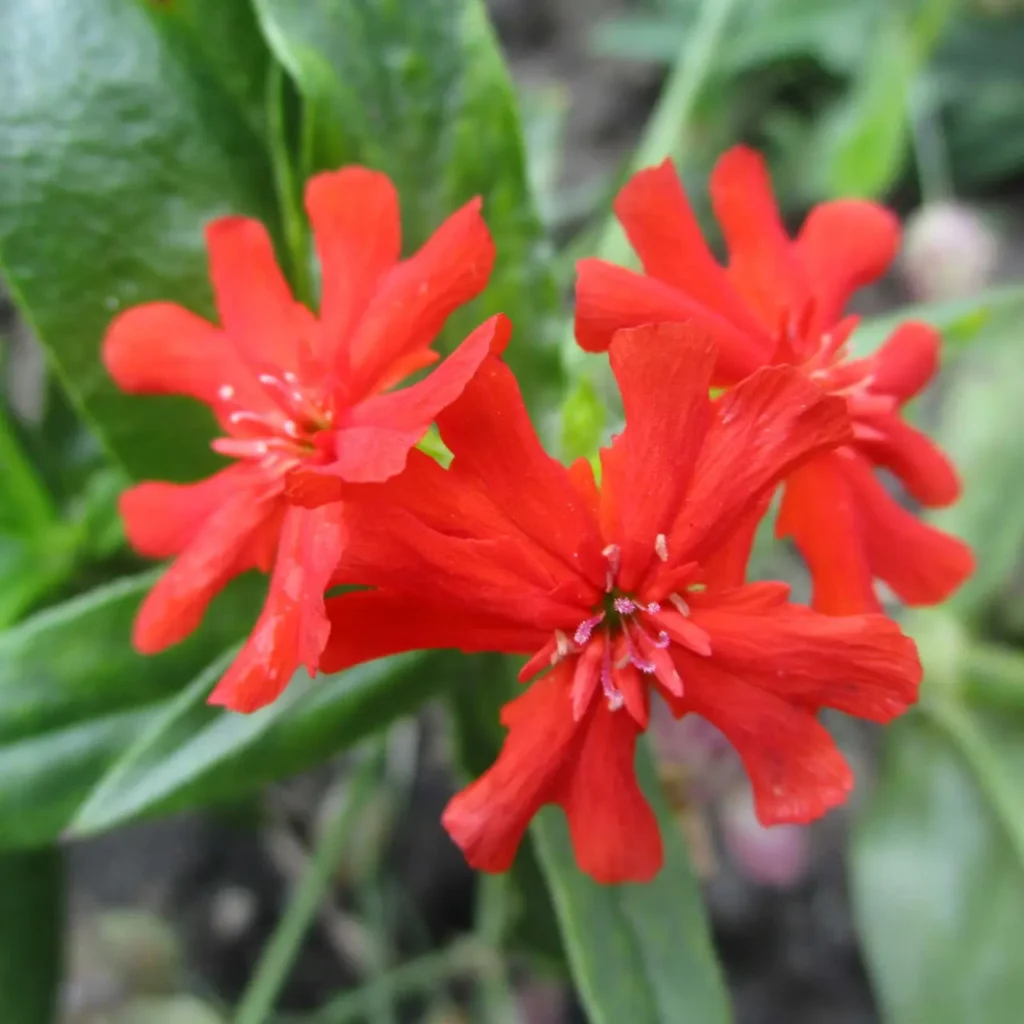
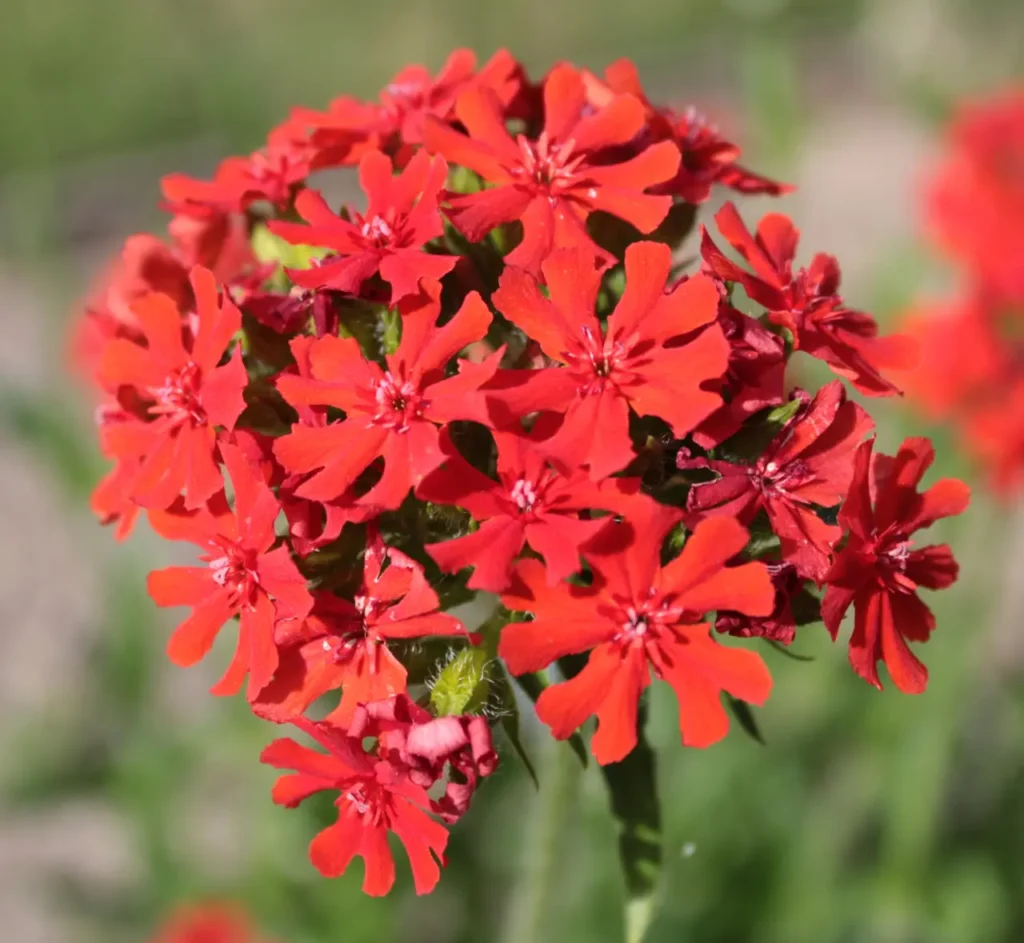
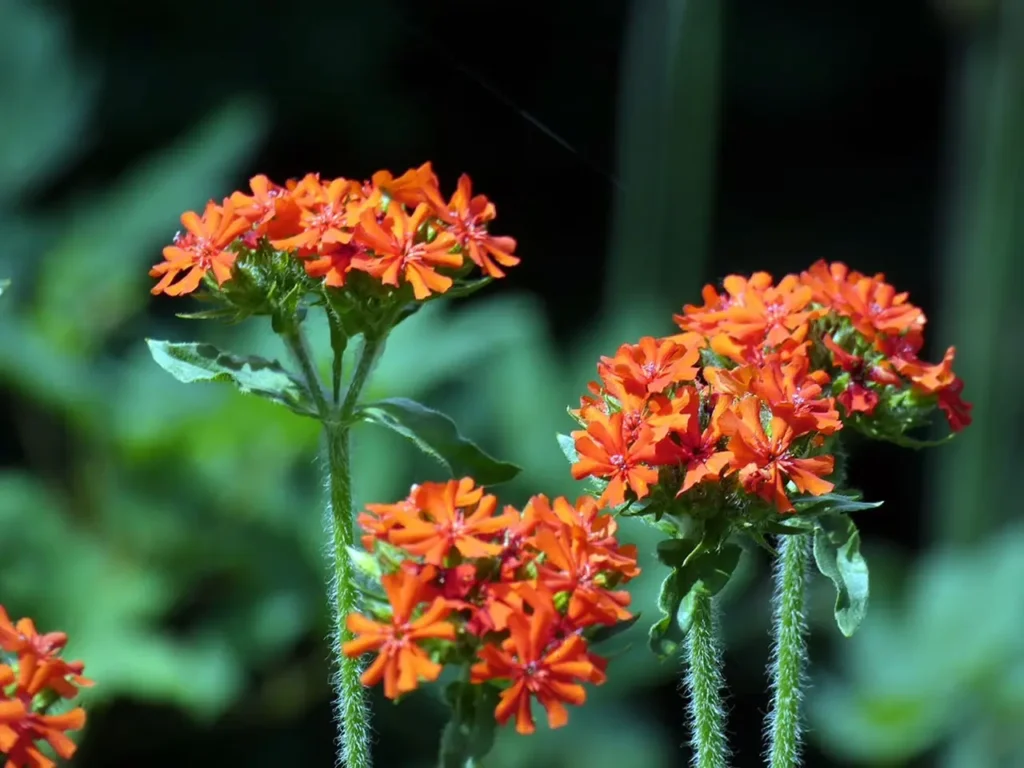
Silene chalcedonica, with its fiery blooms and historical symbolism, adds a touch of elegance and intrigue to gardens and landscapes. Its vibrant scarlet flowers, reminiscent of ancient emblems and traditions, create captivating focal points that enrich botanical spaces. By embracing the beauty and cultural resonance of Silene chalcedonica, gardeners and enthusiasts celebrate both the aesthetic and historical dimensions of plant life, infusing landscapes with a timeless and fiery charm.








